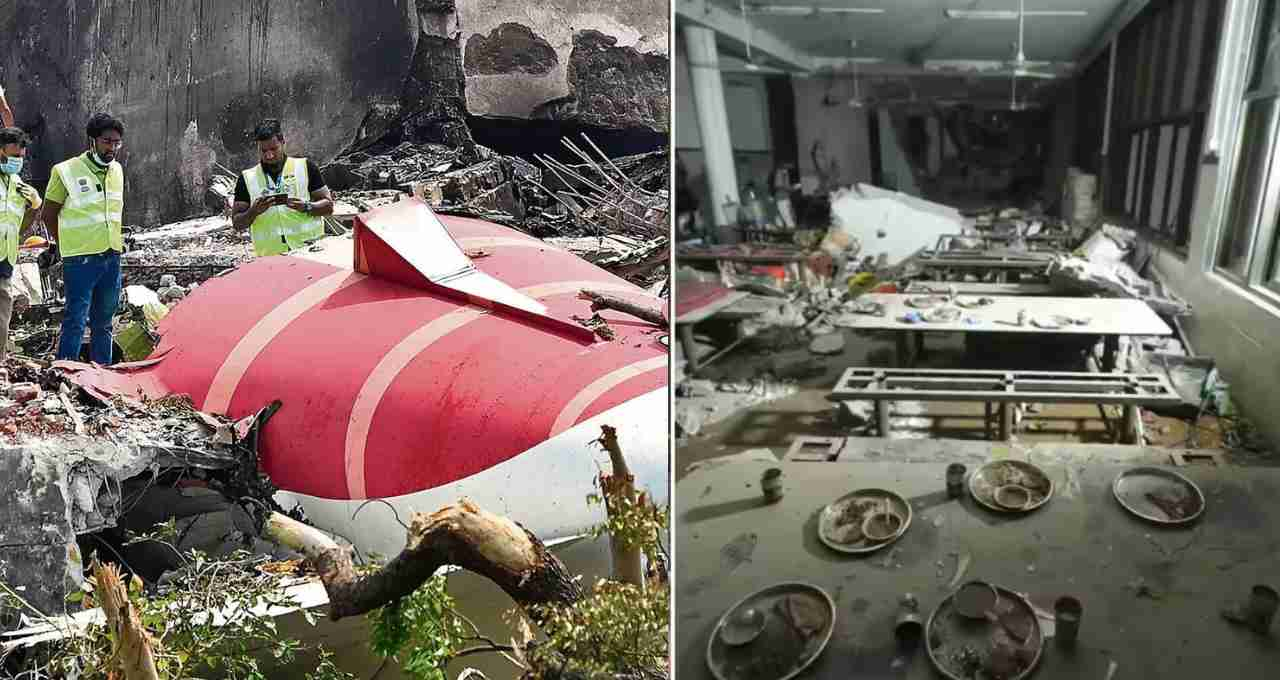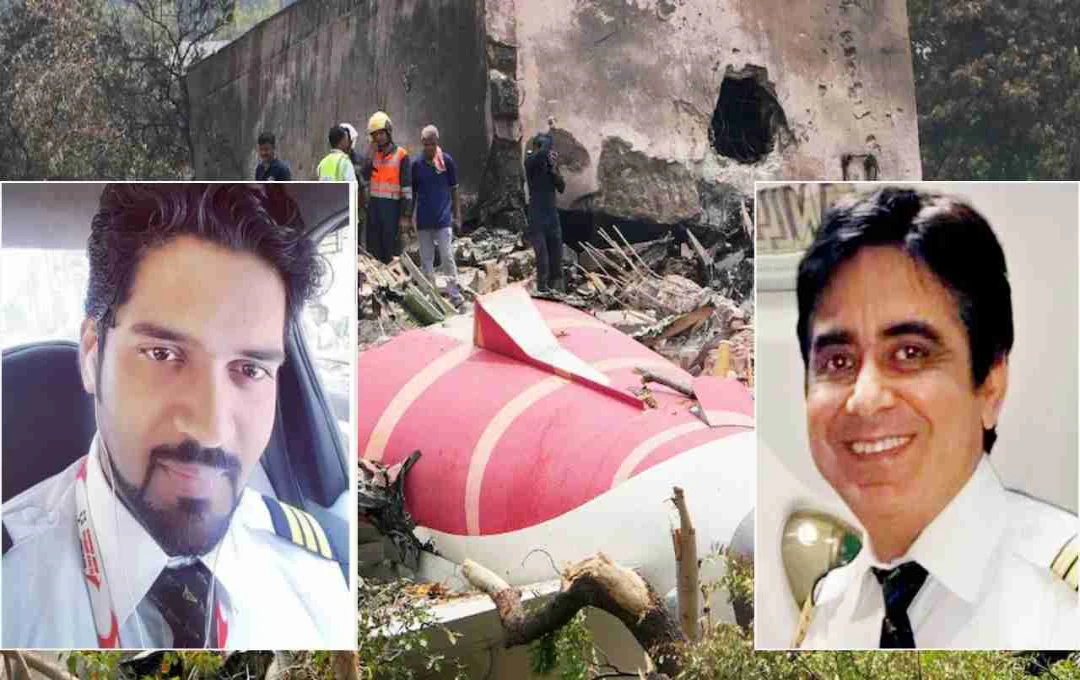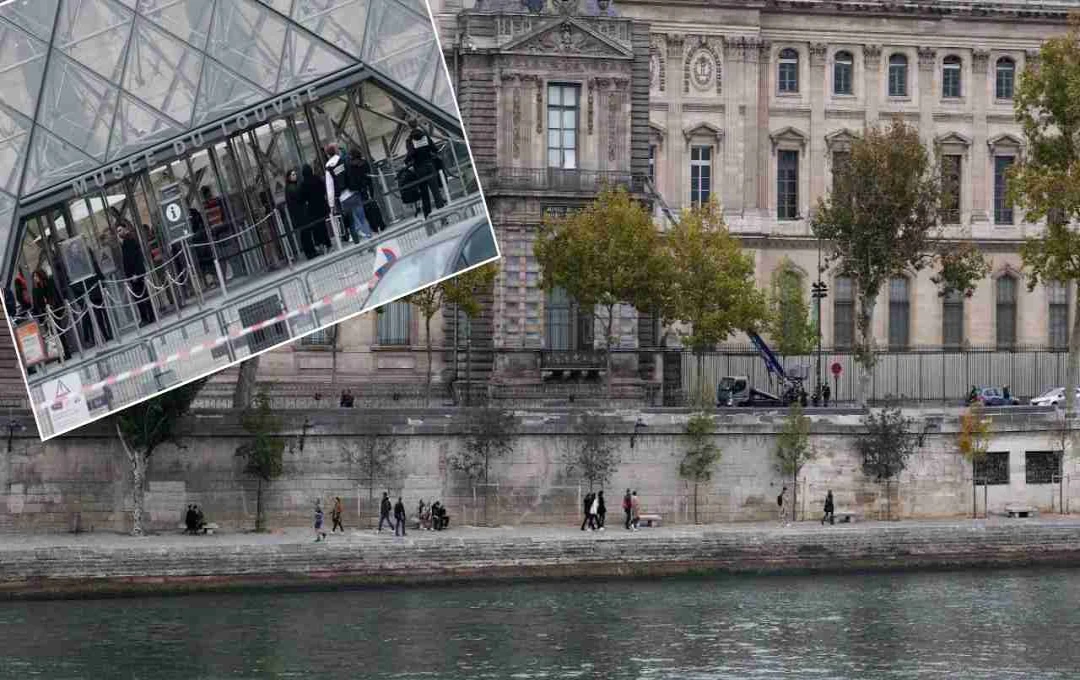The investigation report on the Air India plane crash revealed that the co-pilot was flying the plane during takeoff. The fuel supply shut off immediately after takeoff, leading to the crash.
Plane Crash: The initial investigation report of the Air India plane crash in Ahmedabad has been released. According to the report, the co-pilot was in control of the aircraft at the time of the accident, while the captain was monitoring. Just seconds after takeoff, the fuel supply to both engines suddenly shut off, causing the plane to lose control and crash.
Fuel switches moved from 'RUN' to 'CUTOFF' after takeoff
The Aircraft Accident Investigation Bureau (AAIB) report states that a technical fault occurred in the aircraft as it took off from Ahmedabad for London at 1:38 PM on June 12th. Within just 26 seconds, both switches supplying fuel moved from the 'RUN' to the 'CUTOFF' position. As a result, the engines stopped working. In the cockpit voice recorder (CVR), one pilot asked, "Why did you shut off the fuel?", to which the reply was, "I didn't shut it off."
Captain had extensive experience, co-pilot was flying the plane
This flight AI171 was being operated by a Boeing 787-8 Dreamliner. Captain Sumeet Sabharwal, 56, was a senior training pilot with a total flight experience of 15,638 hours. Of these, he had logged 8,596 hours on the Boeing 787 aircraft. The co-pilot, Clive Kunder, was 32 years old and had a total experience of 3,403 hours. He had flown 1,100 hours on the Dreamliner. Kunder was in control of the aircraft at the time of the accident.

Plane crashed after MAYDAY call
The report states that just 26 seconds after takeoff, at 1:39:05 PM, a pilot issued an emergency 'MAYDAY... MAYDAY... MAYDAY...' call. Immediately after this, the plane lost control and crashed into a medical college hostel located a short distance from the airport. 260 people lost their lives in this accident, including 242 passengers and crew members. Only one passenger survived.
No technical conspiracy, investigation ongoing
The AAIB stated in its report that the investigation so far has found no evidence of any technical conspiracy or malfunction. No errors related to the design of the GE GEnx-1B engine or the Boeing 787-8 have been confirmed. Currently, both engines have been removed from the wreckage and placed in a secure hangar at the airport. Drone video and photography of the scene have been conducted.
Fuel samples found to be satisfactory
As part of the investigation, fuel samples taken from the aircraft's fuel tanks and bowsers were also examined. These samples were found to be completely satisfactory, eliminating the suspicion that the accident was caused by bad fuel. Currently, the AAIB team is engaged in the forensic examination of critical components.
Pilot error or technical fault?

Since the fuel supply shut off immediately after takeoff and neither pilot intentionally did it, the question arises whether it was a technical fault or human error. The report does not provide a clear conclusion on this point. A key aspect of the further investigation will be whether the switches shut off automatically or if a button was accidentally pressed.
Questions raised about the safety of the Dreamliner
The Boeing 787-8 Dreamliner is considered one of the safest aircraft in the world. It is equipped with a state-of-the-art avionics system and triple-redundancy technology. Such a failure is considered unusual in this aircraft. However, the reports so far have not found any flaws in the Dreamliner or the GE engine's system.
The final report will connect many clues
The AAIB has indicated that many more important details may emerge before the final report is released. Considering the complex nature of the accident, experts are investigating every possibility. This includes all potential causes such as human error, technical malfunction, design flaws, or system failure.












